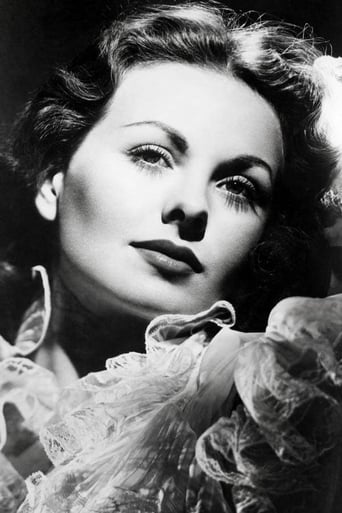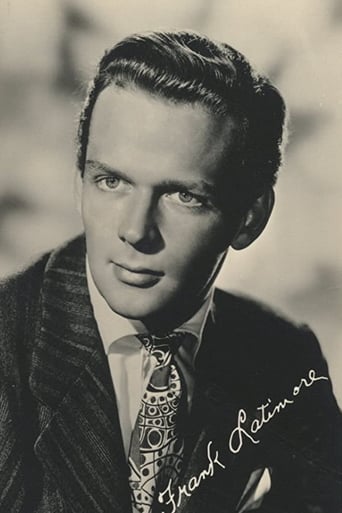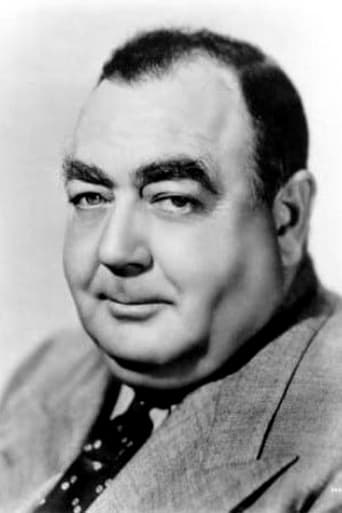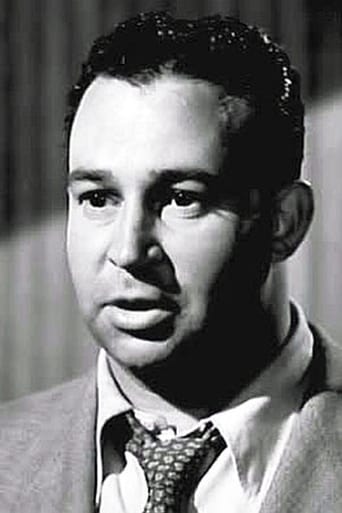SpuffyWeb
Sadly Over-hyped
ThedevilChoose
When a movie has you begging for it to end not even half way through it's pure crap. We've all seen this movie and this characters millions of times, nothing new in it. Don't waste your time.
StyleSk8r
At first rather annoying in its heavy emphasis on reenactments, this movie ultimately proves fascinating, simply because the complicated, highly dramatic tale it tells still almost defies belief.
Kamila Bell
This is a coming of age storyline that you've seen in one form or another for decades. It takes a truly unique voice to make yet another one worth watching.
JohnHowardReid
Producer: Otto Preminger. Copyright 13 September 1944 by 20th Century-Fox Film Corp. U.S. release: October 1944. U.K. release: 5 March 1945. Australian release: 29 March 1945. Sydney release at the Regent: 23 March 1945. Australian length: 6,670 feet (74 minutes). U.S. length: 6,368 feet (71 minutes).SYNOPSIS: Young wife moves into overcrowded boarding-house next to army training camp in order to be near her husband.COMMENT: Preminger's last "B" assignment. After this one, he took over the direction of Laura, and never looked back!Although "In the Meantime, Darling" is not a typical Preminger film in subject matter, it certainly is in style: particularly the long takes embodying fluid camera movement and the loving close-ups of the heroine (Jeanne Crain, here making her third film and one of her few "B"s) — a distinctive feature of Preminger's style until he was forced to drop it in the wide-screen era. Unfortunately, it is an approach that in Preminger's hands (at least in this film) — despite all the camera pyrotechnics (dollying, tracking, panning) and long takes — tends to be heavy and ponderous. In fact, this laborious approach smothers most of the comedy and plays up the jingoistic war-time propaganda sentiment.The script is extremely slight. It is constructed like a stage play rather than a film, with all the action confined to the one area (cleverly pinpointed by Preminger in the very opening shot of the film) and most of it to the one setting. Just about nothing happens except a few lovers' misunderstandings — and these are seen strictly from the heroine's point of view. The hero is such the typical sort of sook beloved of True Romances, it's hard to believe the script was written by two men. Not to put too fine a point on it, the film is out and out dime-store slush, through and through what the trade describes as "a woman's picture"."In the Meantime, Darling" was the first film Preminger produced (as well as directed), and he has surrounded himself with one of the largest casts ever assembled for a "B". Direction of acting was never one of Preminger's strong points, but the players here are reliable enough — even if most of them are so lost in the crowd they can barely be glimpsed for a few fleeting seconds. Although I've now seen "In the Meantime, Darling" no less than three times, I still haven't spotted Dorris Merrick at all, while Anne Corcoran makes her entrance in the film's last two minutes! Reed Hadley also has a minute role: he can be glimpsed hovering around the background of a couple of scenes and has all told exactly twelve words of dialogue — "You've got to be the man of the family while I'm gone." Even Mary Nash and Eugene Palette only come into the picture for a couple of scenes near the beginning (which is a pity since Palette is his usual delightfully acerbic self), while Blake Edwards (later to write/direct The Great Race, Darling Lili et al) can be spotted dancing in the ball scene — he has no dialogue at all.In point of fact, the whole screenplay centers on Miss Crain. The only other players to get much of a look-in are Frank Latimore, Stanley Prager and Gayle Robbins.Mr Latimore makes the hero even more unprepossessing than the script would seem to require, while Stanley Prager, the hero's obligatory buddy — a comic-relief fat boy — cuts an unlikely a figure as a lieutenant as he does as the husband of lovely Gayle Robbins. Miss Robbins has one song and though care has obviously been taken that she doesn't overshadow Miss Crain, she looks absolutely stunning. Miss Crain has the pick of the costumes and all the soft camera angles and lighting, but she is handicapped in some scenes with an inappropriate, upswept hair-style, which not even MacDonald's camera can wholly disguise. The only other player to get any attention is Jane Randolph, who plays the young, sympathetic landlady, married to a war hero (is that Louis-Jean Heydt in the photo on her dresser?). She acts with a poise that makes Miss Crain seem gawky and awkward in their scenes together. (On the whole, it must be admitted, considering her inexperience and lack of training, Jeanne gives a competent portrayal).In keeping with the enormous cast, production credits are also unusually high for a "B" (even by Fox's lavish standards). Aside from MacDonald's flattering photography, there's lilting music score by Cyril J. Mockridge, attractive costumes by Bonnie Cashin. Choreographer Geneva Sawyer was hired to oversee the ball scene (though the results are unimpressive, perhaps deliberately so).
MartinHafer
The purpose of this film was obvious--the filmmakers wanted to press home the notion that there must be self-sacrifice for the war effort. The problem is that this propaganda message seems a bit too obvious--especially since they made the main character, Maggie, a bit too unrealistic.When the film begins, Maggie (Jeanne Crain) is marrying Lt. Ferguson. However, it's obvious that they're a bit mismatched. He is a normal everyday guy, she's a spoiled rich brat who is used to having everyone cater to her. However, she's going to be living in a boarding house with a lot of other military wives...and it's going to be tough going because of her ridiculous expectations.The Maggie character was just poorly written. She either came off as an entitled jerk or a self-less woman who, miraculously, realizes the importance of the war. It's just too black & white in its portrayal of the lady. Overall, a decent enough idea for a wartime film but one that just doesn't seem to work.
Leonard Kniffel
Some reviewers call "In the Meantime, Darling" a comedy. It is not. Nor is it a so-called "woman's picture." Sure it's about military wives during World War II, but more than that, it is about class in America. If you read between the lines, you can see how cleverly director Otto Preminger set up the scenes, with spoiled rich girl (played beautifully by Jeanne Crain) barely able to cope with the sacrifices that were necessary to fight and win the war. She represents a large segment of America that could buy its way out of hardship, and her parents represent the Americans of the period who were little moved by the war, who in fact profited nicely from it. The lower class is represented by Red and Shirley Pianatowski, the undereducated Polish American couple with hearts of gold. And most significant is the African American bellhop who also has a son in the war (although we never see him), played with great dignity by Clarence Muse. It is even said that the gargantuan Eugene Palette, who played the rich father, fought Otto Preminger when instructed that he was to do a scene with a black man. This film is not particularly funny, nor does it give much sense of how horrible World War II was. It does, however, give some insight into how Americans won a war against racism and ethnic purity while still living with the after effects of the slavery and genocide upon which the country was built.
dougdoepke
Slender little wartime comedy whose best feature is a winsome young Jeanne Crain and a lively Gale Robbins as new brides. The boys are training in the desert before being shipped overseas. In the meantime, the married officers are boarding at what looks like the only house for miles around. Many of the junior officers are newly married and much of the comedy comes from their efforts to cope. For the girls, it's a period of adjustment sharing facilities and household duties with others. For Crain, with her privileged background, adjustment proves especially difficult.The premise is promising, but the screenplay remains underdeveloped and never really gels as a comedy. That's not surprising since the running time is 70 minutes for a production probably chunked out in 10 days and scheduled for bottom-of-the-bill showing to the eager droves of wartime audiences. Also, cult director Otto Preminger seems an odd choice for light comedy, his strength being slow, heavy psychological dramas like Laura (1943). The results here suggest he was uninterested in the material, to say the least. Nonetheless, for those interested in how newly-weds adjusted to wartime demands, the movie offers a generally entertaining if lightweight glimpse.




